How to Charge a Car Battery
Charging your car battery properly ensures long life and reliable starts. Whether it’s completely dead or just low, the right method makes all the difference.
What You’ll Need
- Battery charger – Smart chargers are recommended
- Eye protection – Safety goggles or glasses
- Gloves – For safety and insulation
- Well-ventilated area – To prevent gas buildup
Step-by-Step Guide
1. Park & Prepare
- Turn off your vehicle
- Set the parking brake
- Open hood and locate battery
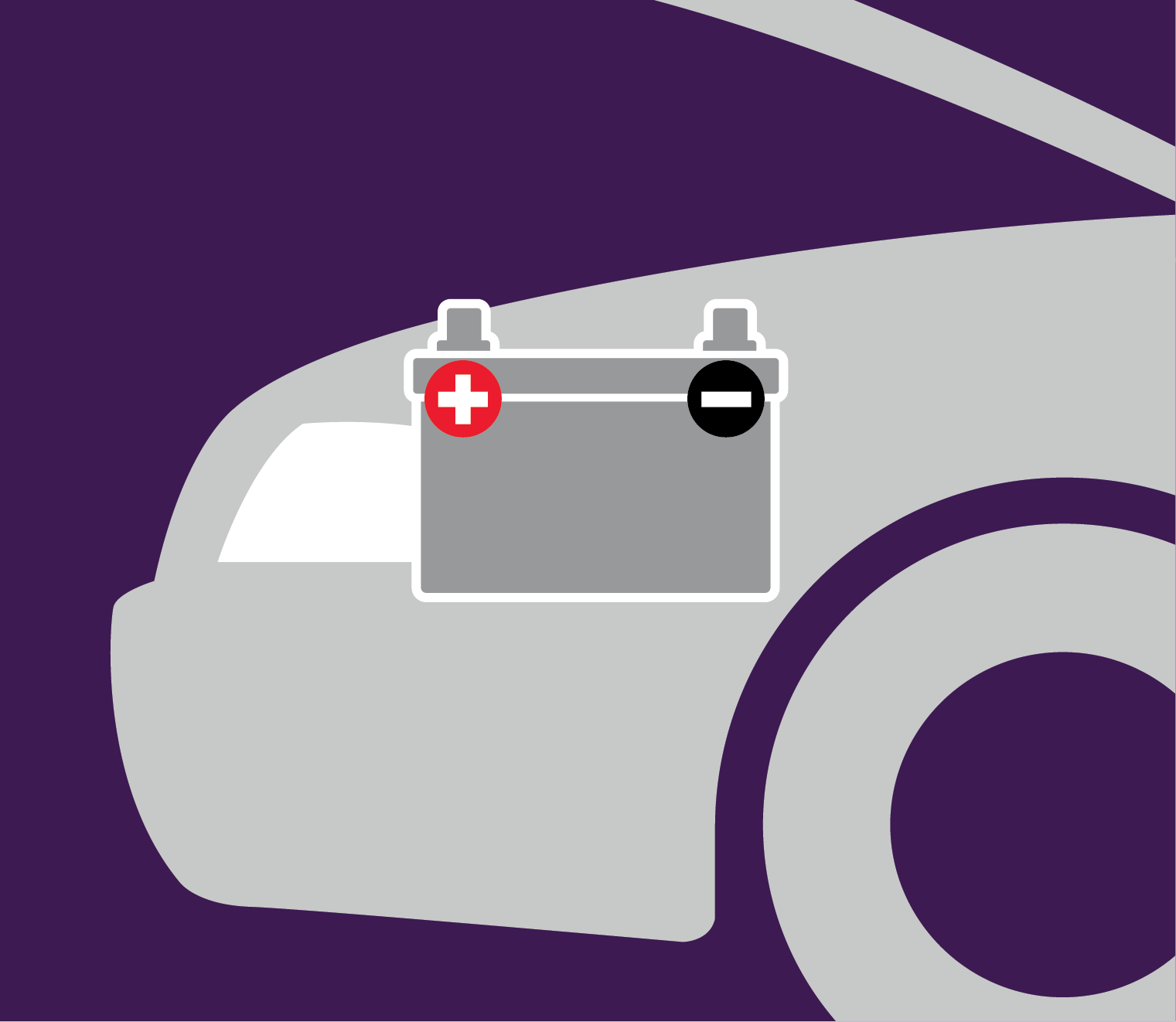
2. Check Battery Type
- Is it a Standard Flooded or AGM?
- AGM batteries require a charge with an AGM setting. A smart charger that will fully charge and maintain the battery at a full charge is preferred.
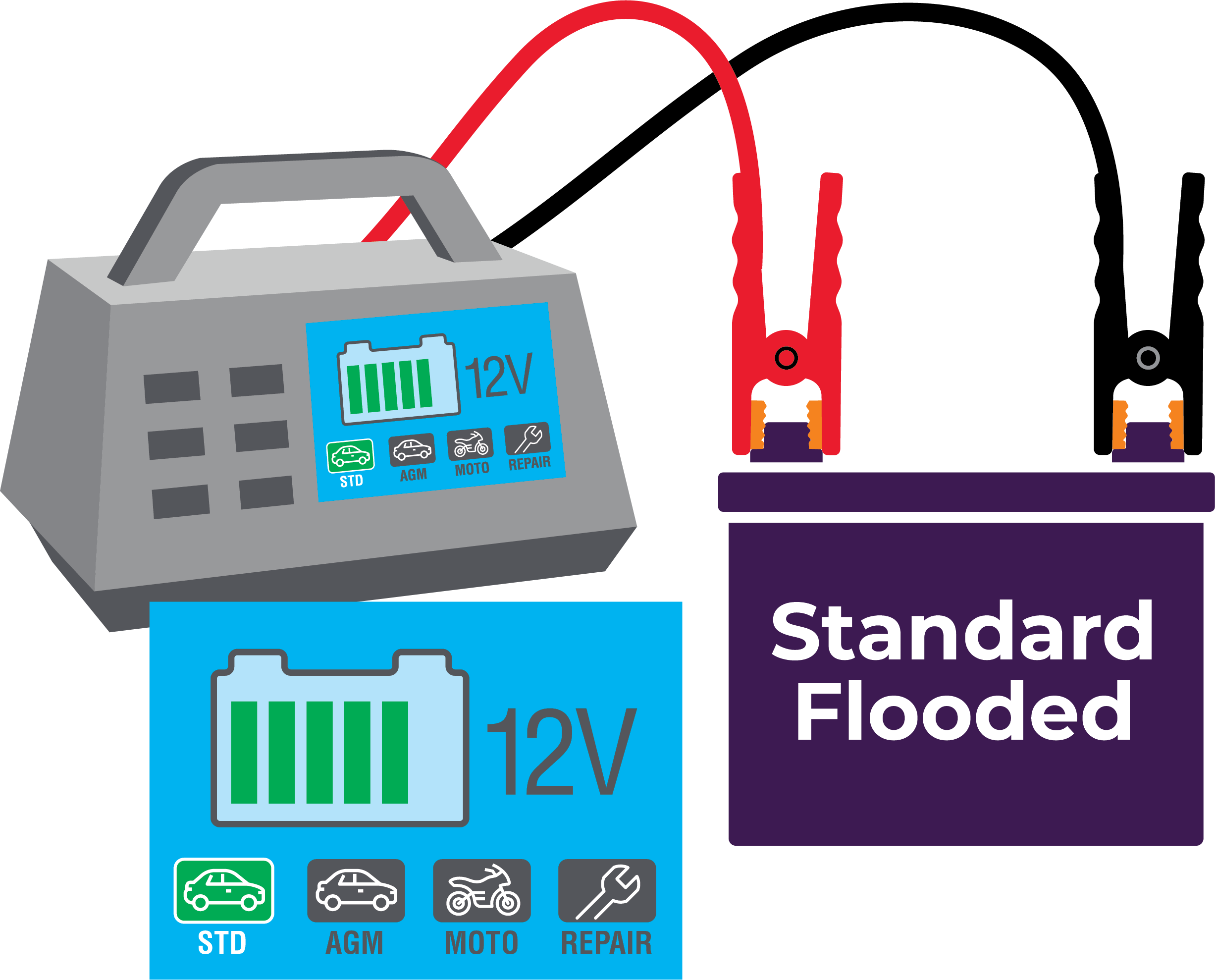
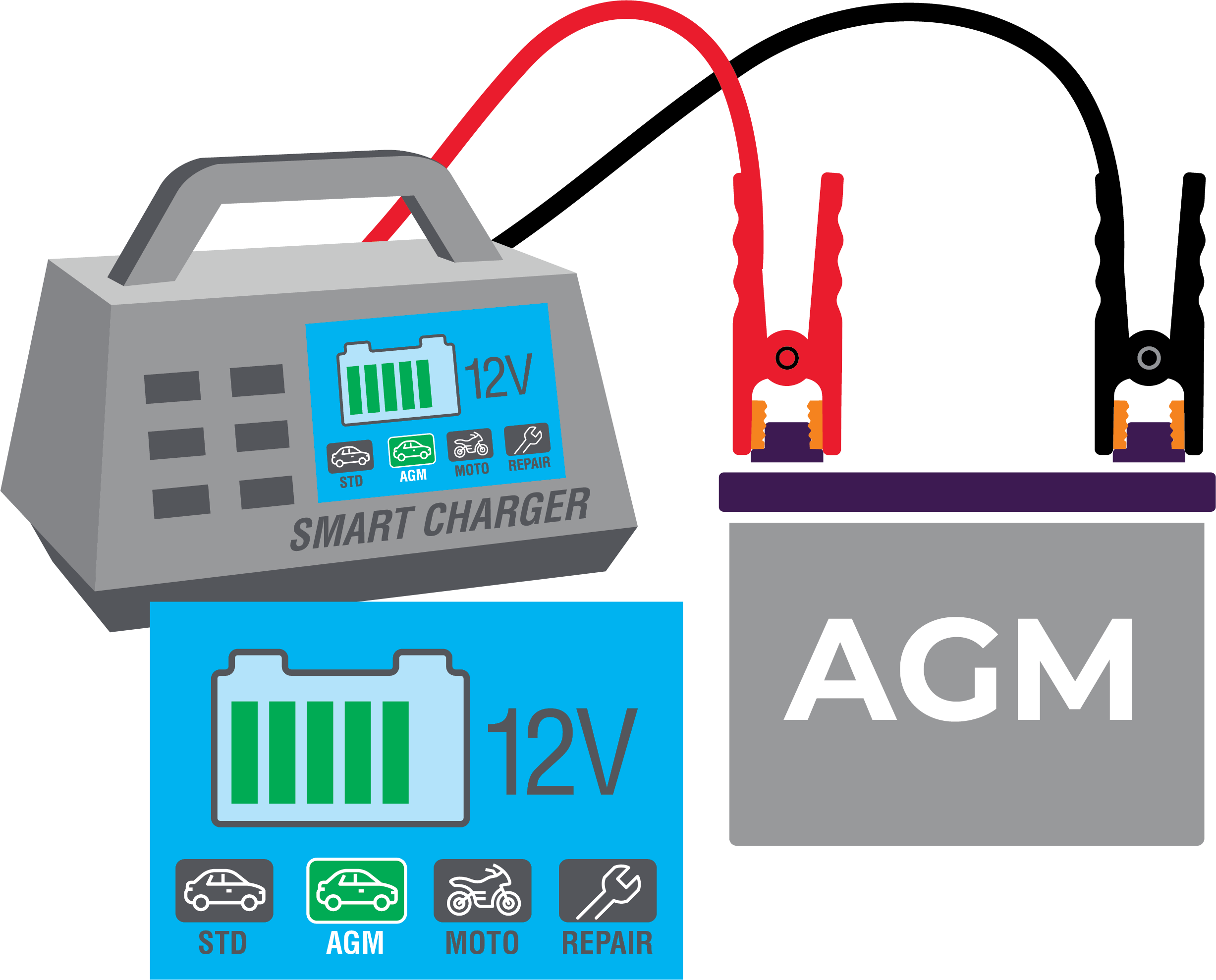
3. Connect Charger
- Red (positive) clamp to positive terminal (+)
- Black (negative) clamp to negative terminal (–)
- Not sure? Check the battery label or consult your owner's manual
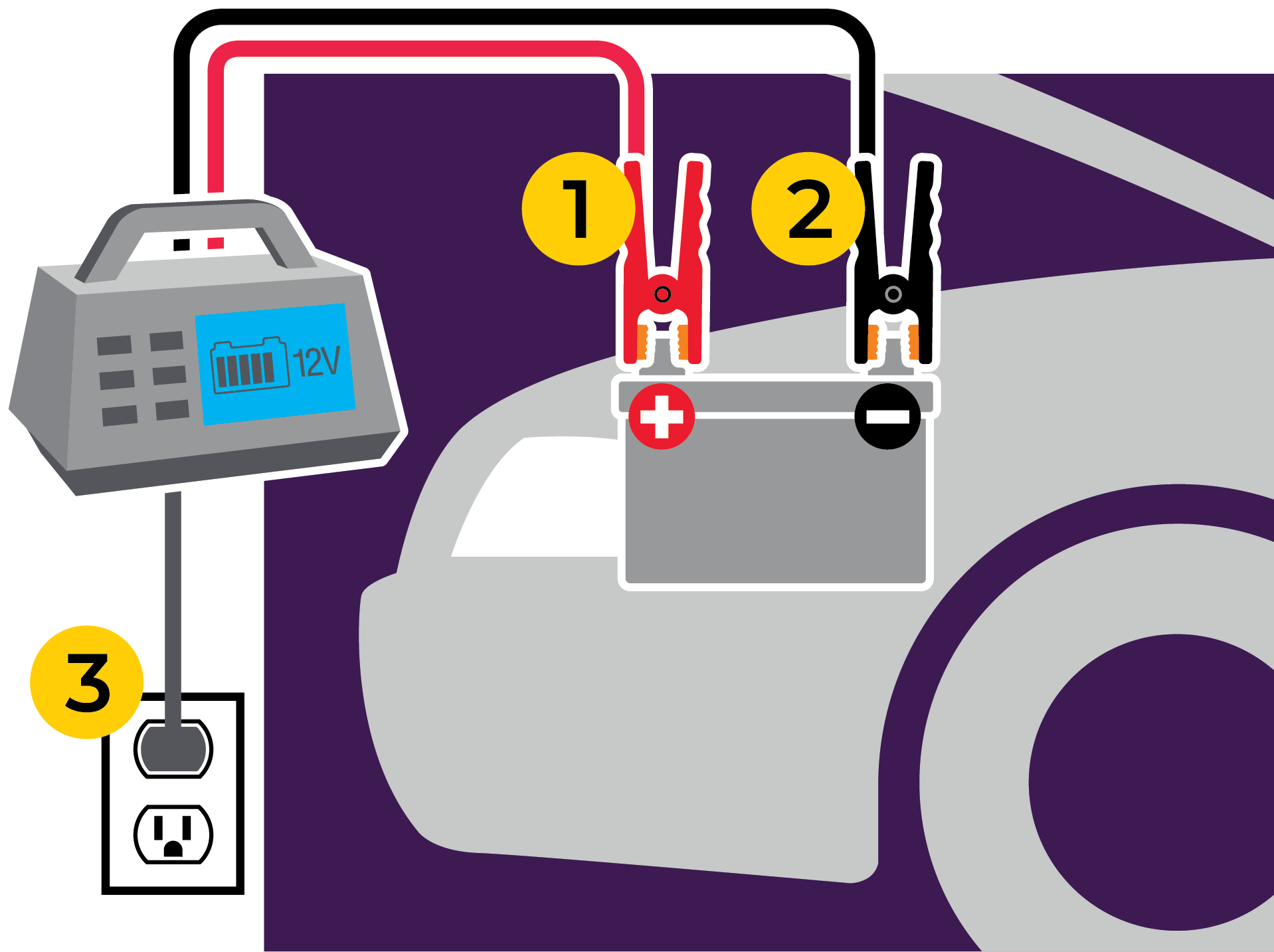
4. Set Charger Settings
- Select the correct voltage (usually 12V)
- Set charge rate (slow is best for deeply discharged batteries)
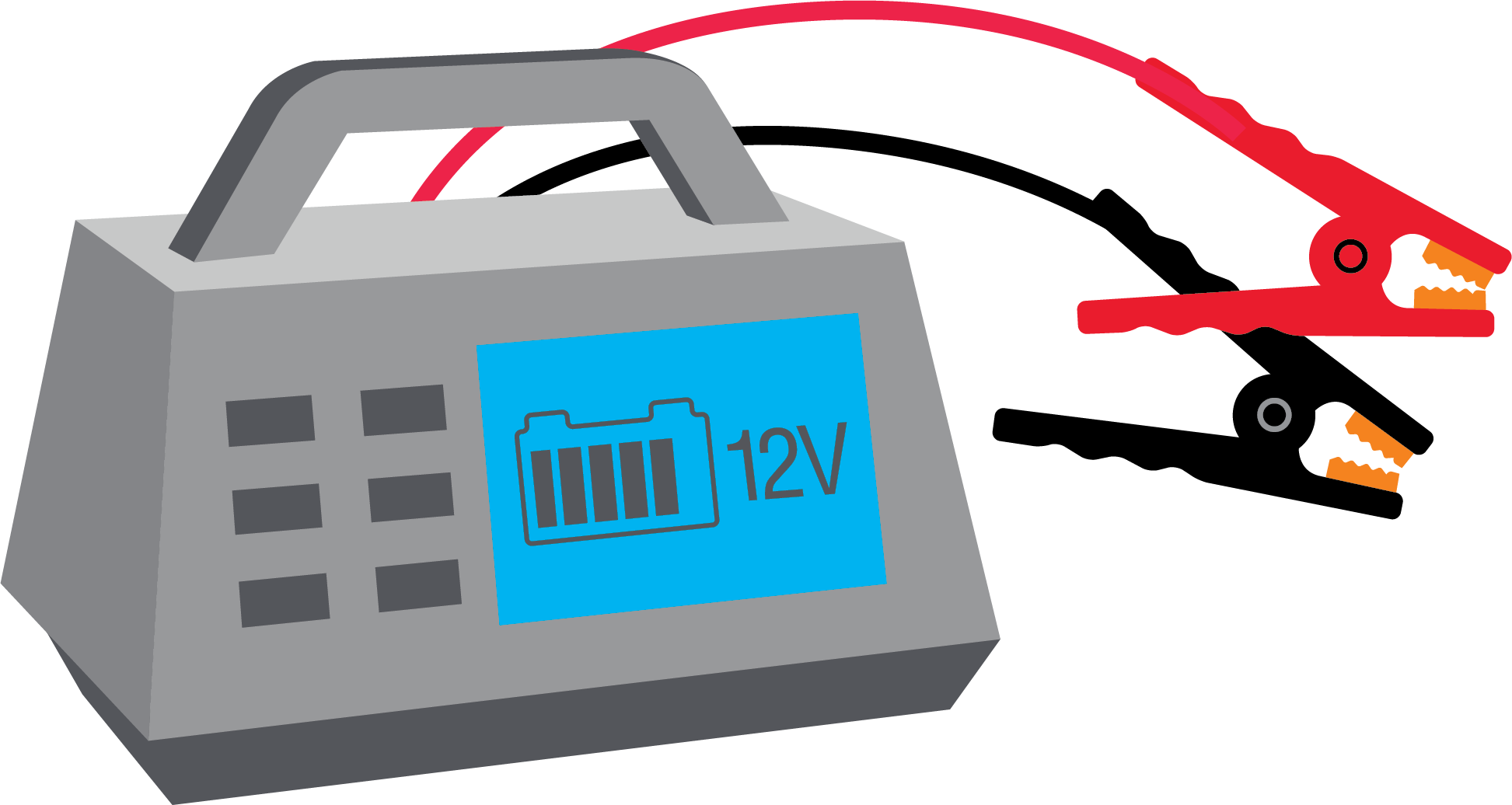
5. Start Charging
- Plug in charger
- Monitor progress on charger display (some shut off automatically when full)

6. Disconnect Safely
- Unplug charger first
- Remove clamps in reverse order: black (–), then red (+)
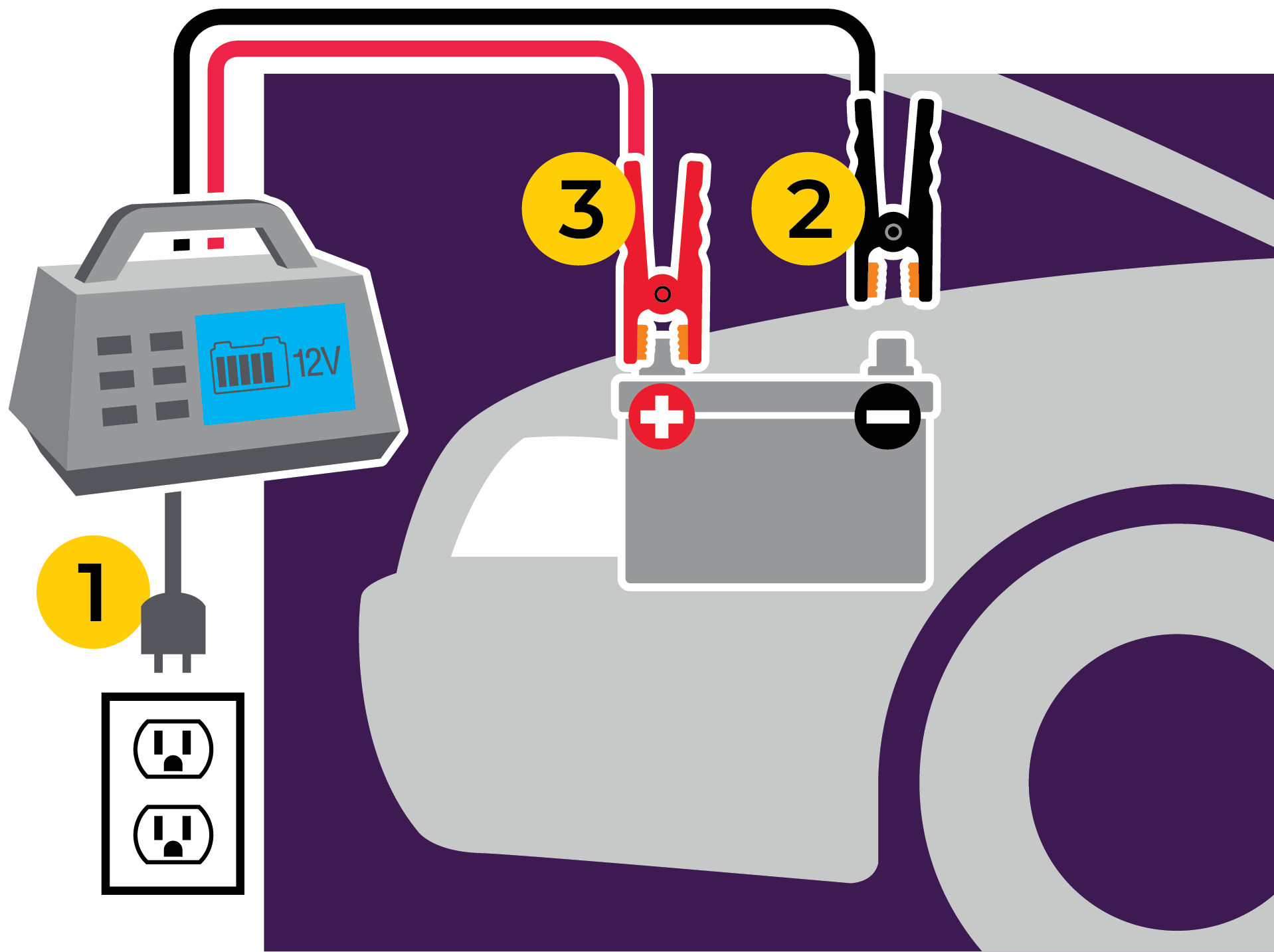
 Pro Tips
Pro Tips
• Never smoke or spark near a charging battery – it may emit flammable gases
• Use a smart charger – It prevents overcharging and adjusts automatically
• Inspect battery – Look for corrosion or leaks before charging
• Use a smart charger – It prevents overcharging and adjusts automatically
• Inspect battery – Look for corrosion or leaks before charging
When to Replace Instead of Recharge
- It’s more than 3–5 years old
- Doesn’t hold a charge even after full recharge
- The case is swollen, cracked, or leaking
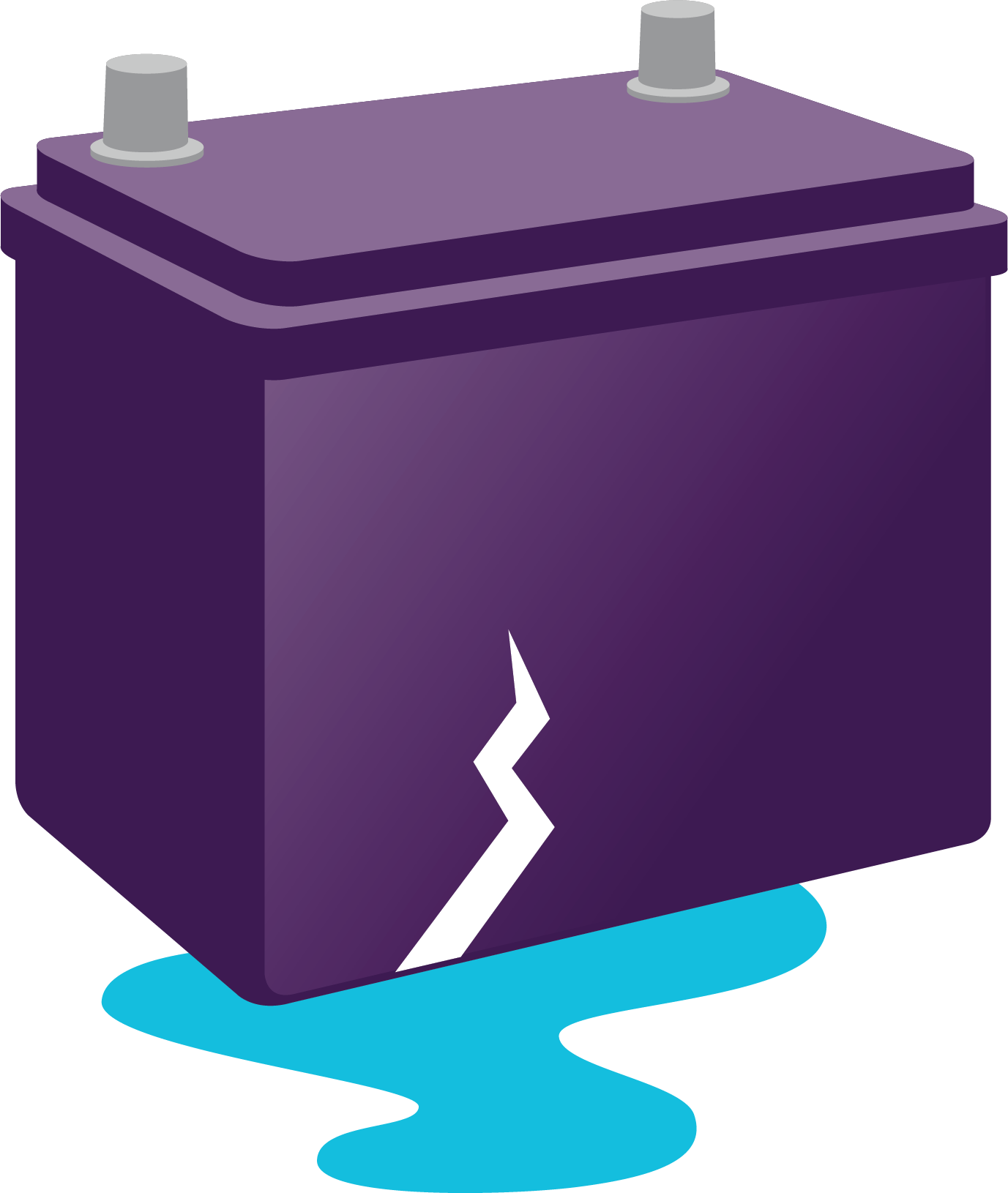
Stay Powered Up
Keeping your battery charged extends its life and prevents unexpected breakdowns. If your battery can’t hold a charge, it might be time for a replacement.
Find a New BatteryClarios creates the most advanced battery technologies for virtually every type of vehicle. We are a global leader in energy storage solutions, powering one in three of the world’s vehicles. We partner with our customers to develop smarter solutions that make people’s lives better.

